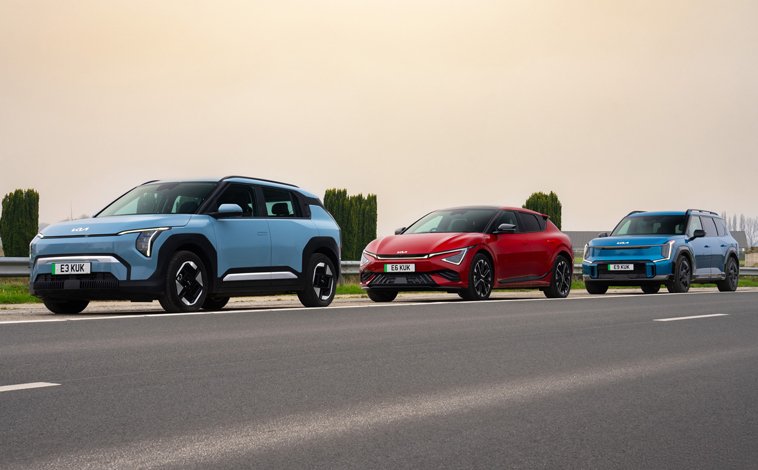Jaguar’s smart approach to testing
July 18, 2016
Jaguar Land Rover is looking to the future with plans to create a fleet of 100-plus research vehicles over the next four years to develop and test a wide range of Connected and Autonomous Vehicle technologies.
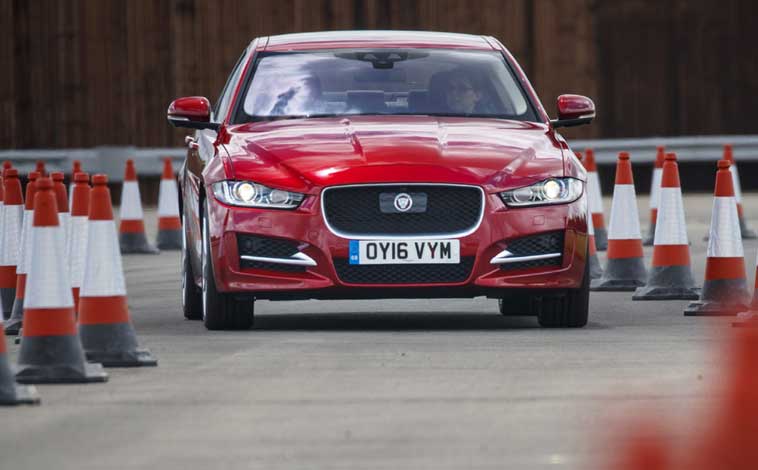
The first of these research cars will be driven on a new 41-mile test route on motorways and urban roads around Coventry and Solihull later this year.
Initial tests will involve vehicle-to-vehicle and vehicle-to-infrastructure communications technologies that will allow cars to talk to each other and roadside signs, overhead gantries and traffic lights.
Ultimately, data sharing between vehicles would allow future connected cars to co-operate and work together to assist the driver and make lane changing and crossing junctions easier and safer.
Tony Harper, head of research, Jaguar Land Rover, said: “Our connected and automated technology could help improve traffic flow, cut congestion and reduce the potential for accidents.
“We will also improve the driving experience, with drivers able to choose how much support and assistance they need. In traffic, for example, the driver could choose autonomy assist during tedious or stressful parts of the journey.
“Because the intelligent car will always be alert and is never distracted, it could guide you through road works and prevent accidents.
“If you are a keen driver, imagine being able to receive a warning that there’s a hazard out of sight or around a blind bend. Whether it’s a badly parked car or an ambulance heading your way, you could slow down, pass the hazard without fuss and continue on your journey.”
A part of the system is called Roadwork Assist and uses a forward-facing stereo camera to generate a 3D view of the road ahead and together with image processing software, it can recognise cones and barriers.
The system will sense when the vehicle is approaching the start of the roadworks, identify an ideal path through complicated construction sites and contraflows, and inform the driver that the road is narrowing ahead.
Another part of the safety system, Safe Pullaway, uses a stereo camera to monitor the area immediately in front of the vehicle.
If objects such as vehicles or walls are detected, and the system receives signals from throttle pedal activation or from gear selection that could lead to a collision, the vehicle brakes are automatically applied and the driver receives an audible warning.
Latest News
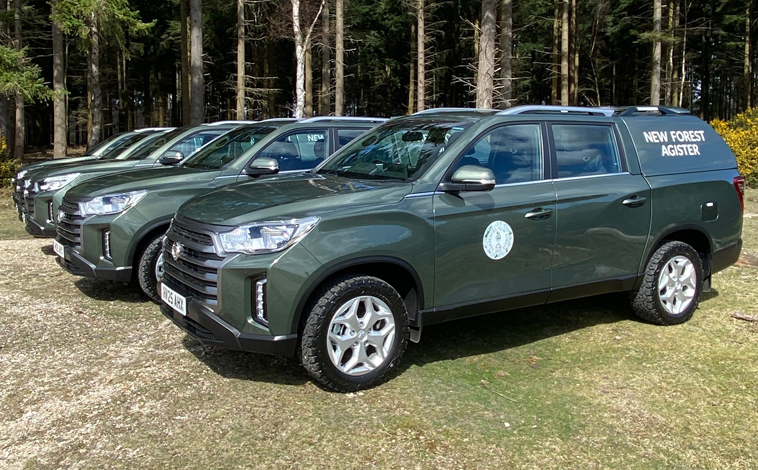
Duty calls for five KGM Musso pick-ups
KGM Motors UK, formerly SsangYong, is proud to support the Verderers of the [...]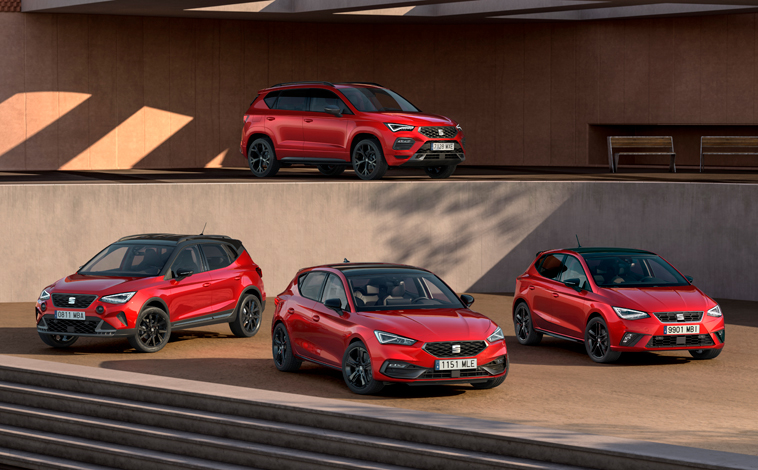
SEAT launches a new Black Edition trim
Order books for the SEAT Black Editions have opened with drivers offered the [...]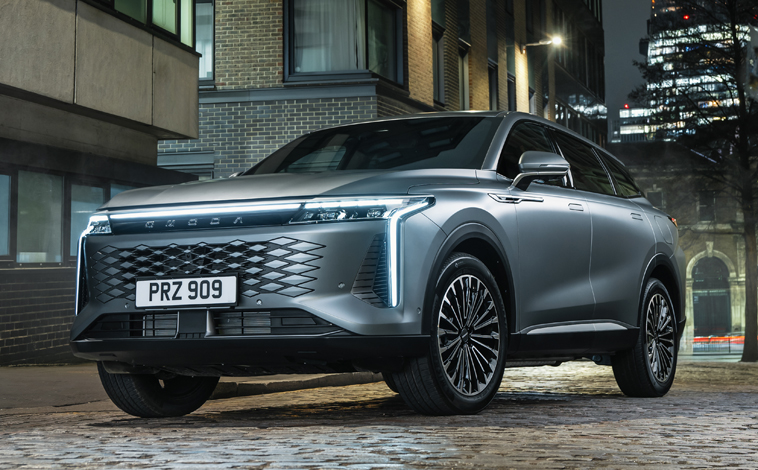
OMODA announces new model pricing
OMODA has officially revealed pricing and opened the order books for its flagship [...]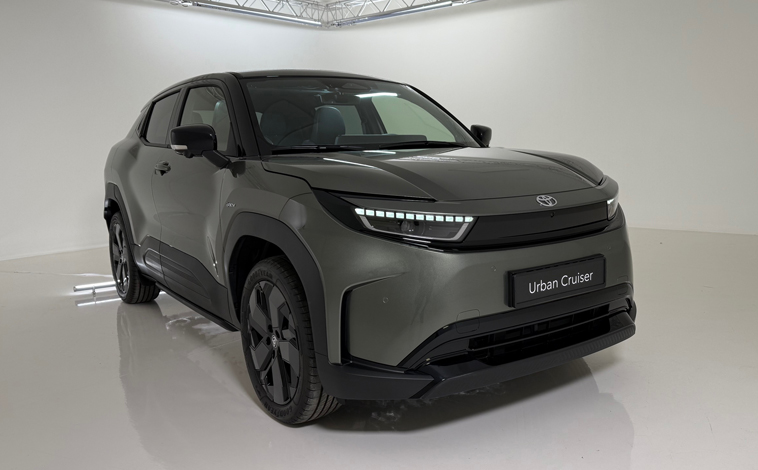
Toyota unveils its new Urban Cruiser
Toyota has officially launched its all-new compact SUV, the Urban Cruiser, at its [...]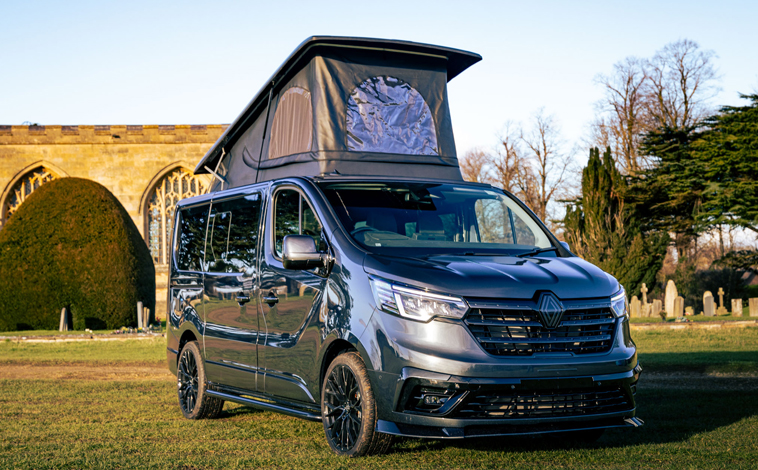
Carry on camping with Renault Trafic
The Renault Trafic is proving the perfect model for a brand new, off-grid, [...]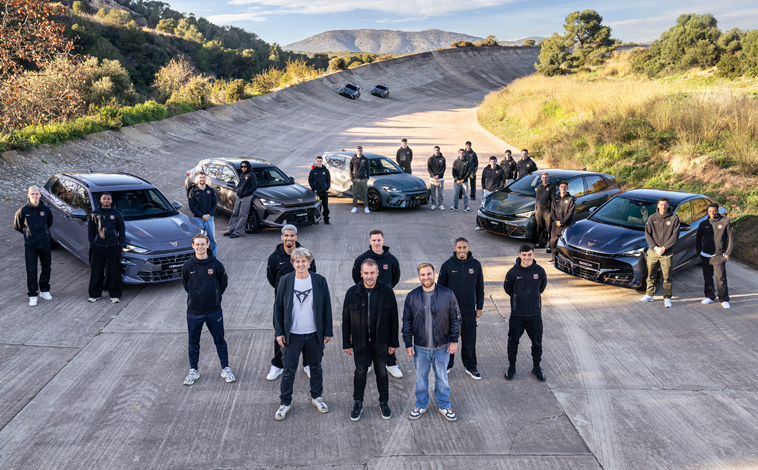
Barcelona players go track racing
Barcelona men’s football team players customised their new CUPRAs, after testing them during [...]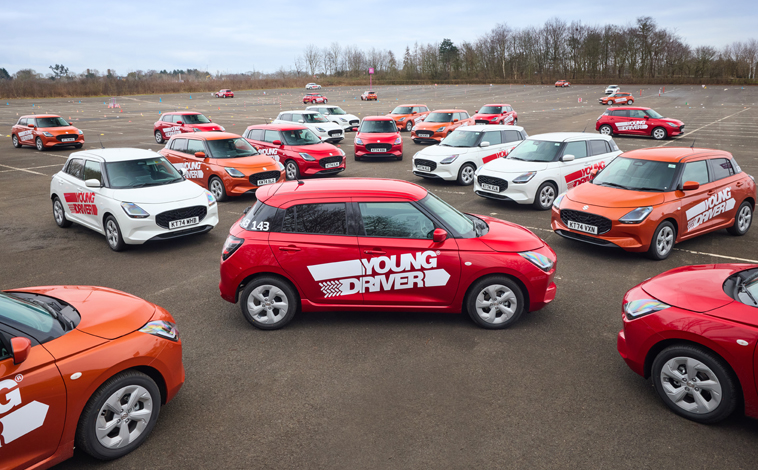
Suzuki Swift to Young Driver’s rescue
Young Driver, the UK’s foremost under-17s driver-training company, has just taken delivery of [...]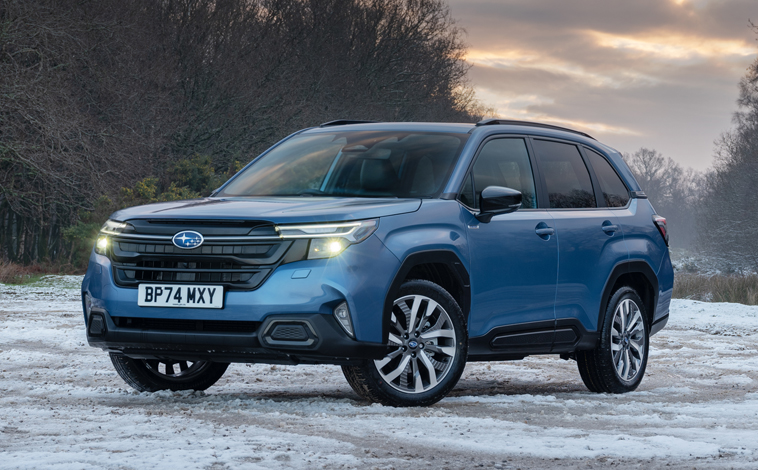
New Subaru Forester is right on track
Subaru UK & Ireland has announced the pricing and specifications for the all-new, [...]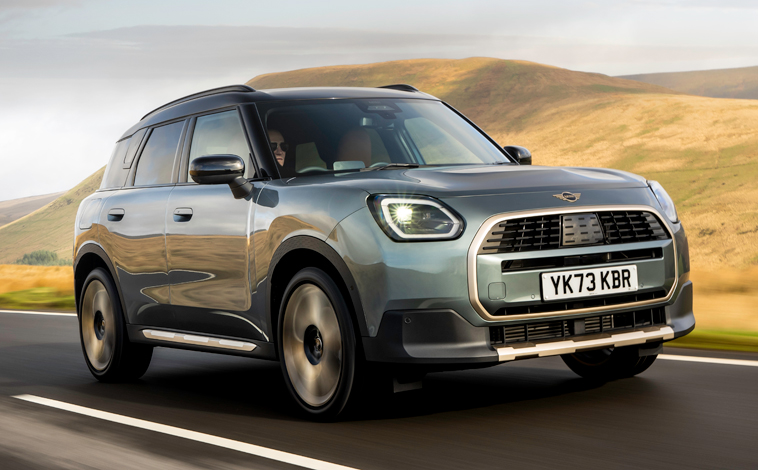
Optional upgrades for the MINI family
Following the successful launch of the new MINI family, a range of additions [...]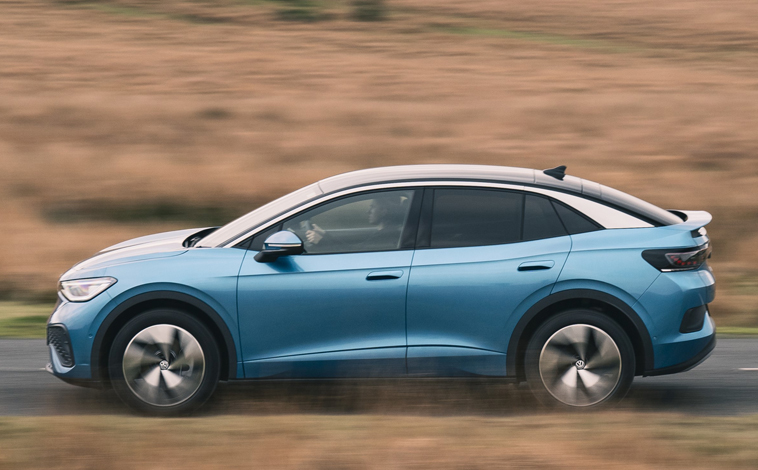
Save £1,000 when ordering a new VW EV
Anyone ordering a new Volkswagen electric vehicle between now and March 3 this [...]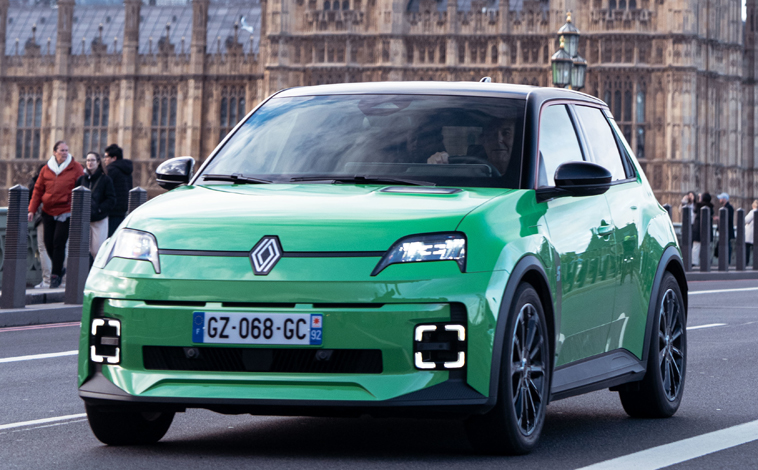
Get priority access to the new Renault 5
The Renault 5 E-Tech electric is available to order for R-Pass customers, giving [...]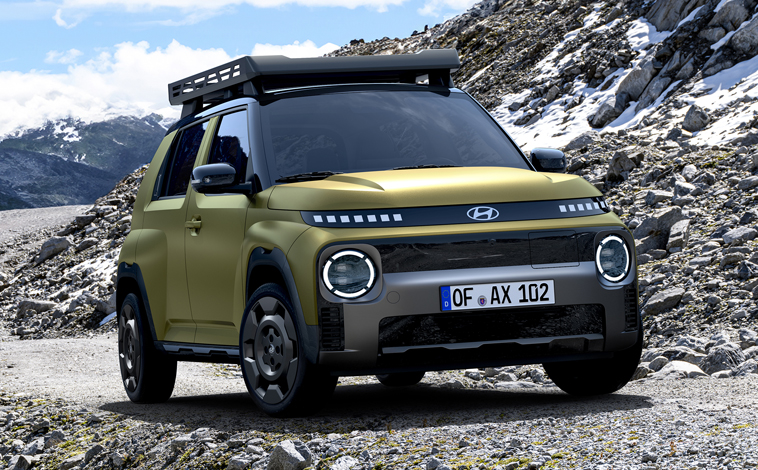
Inster Cross has an adventurous side
Hyundai has announced pricing and specification for the Inster Cross, the all-new EV’s [...]
WWCOTY announces its finalists for 2025
The Women’s Worldwide Car of the Year (WWCOTY) has announced the winners of [...]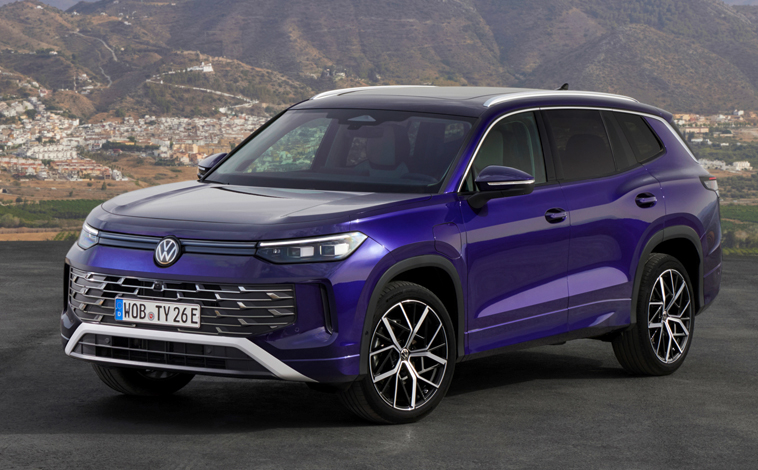
Prices announced for VW’s new Tayron
The all-new Volkswagen Tayron goes on sale in the UK on January 9 [...]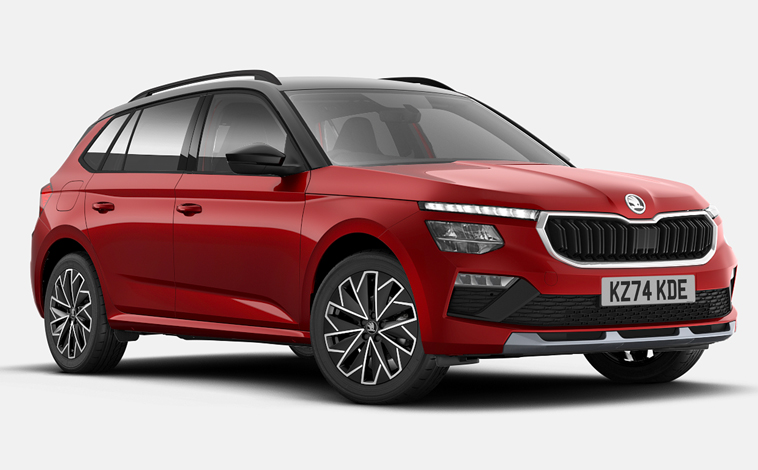
Skoda adds Design trim to Kamiq range
Škoda is building on the success of its award-winning Kamiq range by adding [...]